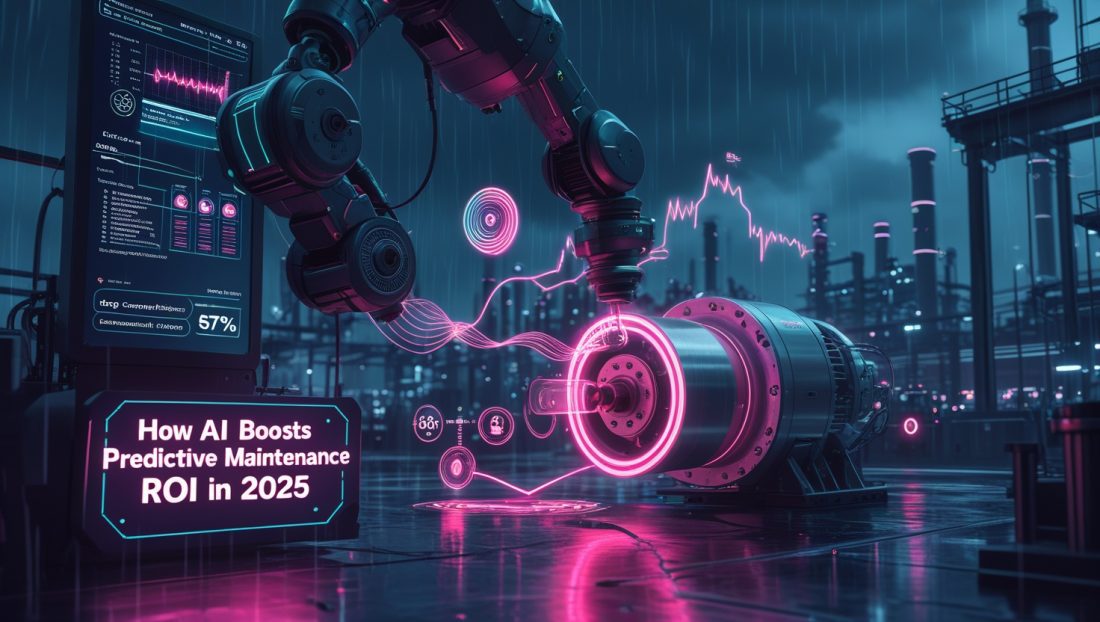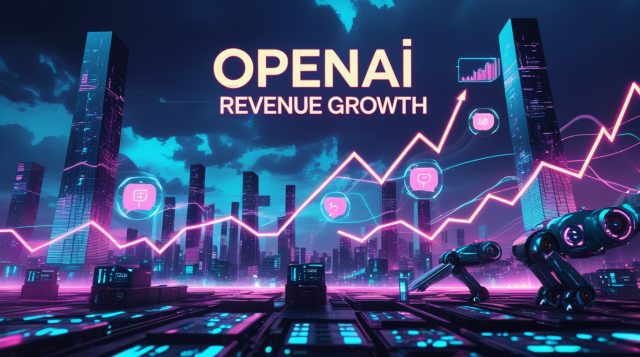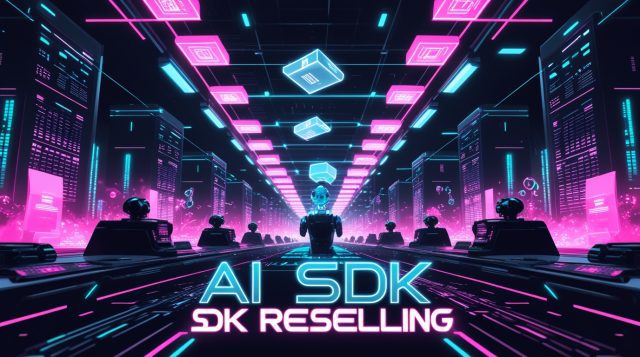When a critical conveyor motor failed at 2 AM in Ford’s Michigan plant, it wasn’t a technician who noticed the anomaly. Six months prior, vibration sensors had flagged irregular bearing harmonics. Industrial AI predictive maintenance algorithms predicted failure within 180-220 days. Maintenance was scheduled for a planned downtime window—cost: $3,200. The same failure would have caused $230,000 in lost production if addressed reactively in 2025.
This hidden profit leakage reveals why industrial AI predictive maintenance ROI separates industry leaders from strugglers in 2025. With unplanned downtime costing businesses $50 billion annually, the race to harness AI’s predictive power has become existential. For deeper insights into how AI agents optimize industrial processes, explore how industrial AI agents slash energy costs in manufacturing.
The Silent Profit Killer: Traditional Maintenance’s Hidden Costs
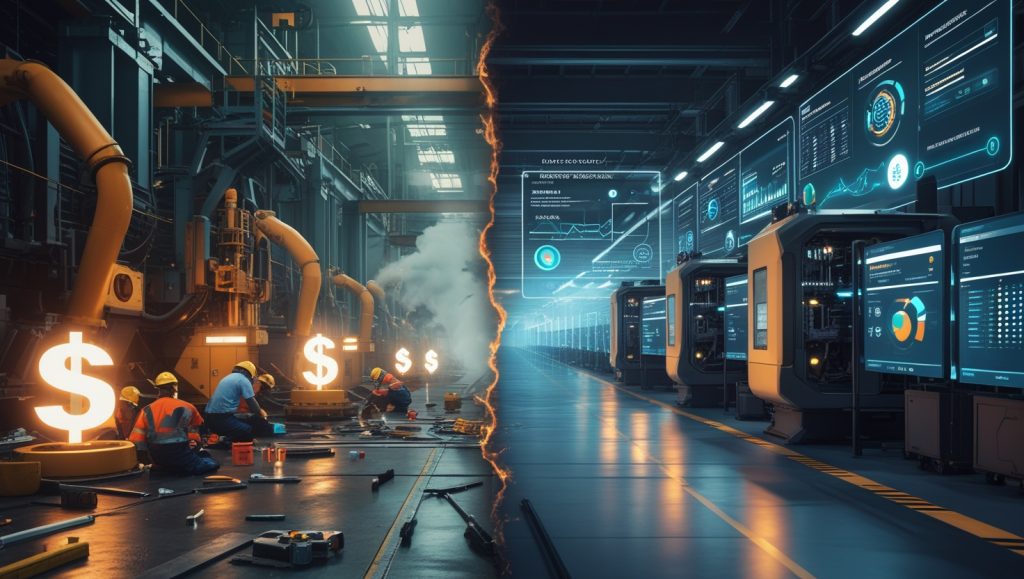
Reactive maintenance models hemorrhage capital through three gaping wounds:
- Unplanned downtime drains $260,000 hourly for automotive manufacturers
- Routine time-based maintenance wastes 30-50% of resources on unnecessary interventions
- Emergency repairs cost 3-9× more than scheduled interventions
McKinsey data reveals plants using mature industrial AI predictive maintenance operate with 18-22% lower unit costs than analog competitors—a gap projected to hit 35% by 2028. To understand how automation trends amplify these savings, check out top energy-efficient robotics trends transforming industries.
The AI-IoT Synergy: How Prediction Becomes Profit
1. The Sensing Nervous System: IoT’s Eyes and Ears
Vibration analyzers detect bearing wear patterns 7 days pre-failure using LSTM algorithms. Thermal cameras spot electrical hotspots 40% faster than human inspectors. Ultrasonic sensors identify compressed air leaks wasting $25,000/year in energy.
Real impact: Chemical manufacturer BASF reduced pump failures by 70% using AI-driven vibration analysis, saving $1.2 million annually.
Precision Sensing for Cost Savings
By leveraging IoT sensors, manufacturers gain real-time insights into equipment health, reducing unexpected failures. This precision aligns with the growing trend of IoT-driven predictive maintenance solutions, enabling proactive interventions. For example, BASF’s success stems from integrating AI with high-fidelity sensors, a strategy now adopted across industries. Learn more about sensor-driven efficiency at Schneider Electric’s IoT solutions.
2. Edge Intelligence: Where Milliseconds Save Millions
Cloud processing is too slow for profit-critical decisions. Edge AI processes data locally in <5ms:
- Real-time anomaly detection during high-speed assembly
- Immediate shutdowns when safety thresholds breach
- Bandwidth reduction up to 80% through local data filtering
Tesla’s edge-powered battery factories achieve 99.9% weld inspection accuracy at double production speeds. For a look at how edge AI enhances robotic precision, see BMW’s humanoid robot precision manufacturing.
Edge AI’s Role in Real-Time Efficiency
Edge AI’s low-latency processing is critical for real-time industrial automation analytics, ensuring rapid responses to anomalies. This capability not only boosts uptime but also cuts operational costs by minimizing cloud dependency. Tesla’s edge AI success highlights its scalability, as detailed in Rockwell Automation’s edge computing guide.
3. The Prediction Profit Loop
AI transforms sensor data into capital preservation through continuous learning:
Data Stream → ML Model (Failure Probability %) → Prescribed Action → ROI Impact
↓ ↑
Asset Health Improvement- Dynamic scheduling: Siemens extended turbine lifespans by 23% while cutting maintenance costs 28%
- Spare parts optimization: Inventory carrying costs drop 18-25% with AI demand forecasting
- Energy stealth tax: HVAC optimization slashes factory energy use by 15-30%
Continuous Learning for Profit Maximization
The prediction profit loop leverages AI-driven equipment failure forecasting to optimize resource allocation. Siemens’ turbine success showcases how machine learning refines maintenance schedules, a trend gaining traction globally. For more on AI’s role in energy optimization, visit GE Digital’s predictive analytics platform.
ROI Quantified: Where the Money Materializes
Financial Impact Analysis (2025 Manufacturing Benchmarks)
| Metric | Before AI | With AI | Improvement |
|---|---|---|---|
| Unplanned Downtime | 14% | 6% | -57% |
| Maintenance Cost per Hour | $38 | $22 | -42% |
| Equipment Lifespan | 7.2 years | 9.1 years | +26% |
| Overall Equipment Effectiveness (OEE) | 65% | 82% | +26% |
Data synthesized from 200+ deployments
Hidden Profit Accelerators
- Insurance arbitrage: AI-maintained facilities secure 12-18% lower premiums
- Carbon accounting: Predictive optimization generates $180,000/year in carbon credits for mid-sized plants
- Quality cascade prevention: Early fault detection reduces product defects by 19%
To see how AI-driven analytics boost efficiency, read industrial AI analysis to boost efficiency in 2025.
Implementation Roadmap: Avoiding the 70% Failure Trap

McKinsey confirms 70% of AI maintenance projects stall before ROI realization. This three-phase approach prevents costly missteps:
Phase 1: Profit-Focused Asset Selection
Prioritize using the Criticality x Cost Impact Matrix:
│ HIGH COST IMPACT │ LOW COST IMPACT
──────────────────────────┼───────────────────┼──────────────────
HIGH FAILURE FREQUENCY │ Start Here │ Phase 2
│ (e.g., CNC spindles)│ (e.g., HVAC)
──────────────────────────┼───────────────────┼──────────────────
LOW FAILURE FREQUENCY │ Phase 3 │ Defer
│ (e.g., transformers)│ (e.g., lighting)Tool: ISO 55000 asset criticality scoring
Strategic Asset Prioritization
Selecting high-impact assets ensures cost-effective predictive maintenance implementation. The ISO 55000 framework helps manufacturers focus on critical equipment, maximizing ROI. This approach aligns with strategies discussed in why robotics in recycling reshapes global sustainability.
Phase 2: Data Foundation Before Algorithms
- Sensor validation: 53% of failed deployments used uncalibrated sensors
- Data pipeline architecture: Start with 5-7 key parameters (vibration, temp, power draw)
- Cybersecurity integration: 78% of manufacturers cite security as top IoT concern
“We spent $300,000 on AI software before realizing our vibration data was noisy garbage. Fix the fundamentals first.”
— Automotive Plant Manager (Confidential Case Study)
Robust Data Infrastructure
A solid data foundation is crucial for scalable industrial AI maintenance systems. Validating sensors and securing data pipelines prevent costly failures, a lesson echoed in AI-driven cybersecurity threat detection.
Phase 3: The Human-AI Profit Partnership
- Technician AI upskilling: VR simulations train fault diagnosis 40% faster
- Incentive alignment: Tie bonuses to predictive accuracy rates not just uptime
- Augmented reality overlays: Boeing technicians achieve 30% faster repairs via HoloLens diagnostics
Empowering Human-AI Collaboration
Upskilling technicians for AI-augmented maintenance workflows enhances productivity. Boeing’s AR success demonstrates how human-AI synergy drives efficiency, a trend explored in why robotics in 3D printing unlocks potential.
2025’s ROI Acceleration Levers
1. Generative AI for Failure Simulation
Digital twins now simulate 10,000+ failure scenarios, including:
- Material fatigue under extreme conditions
- Supply chain disruption stress tests
- Energy cost scenarios during peak pricing
Unilever avoided $2.1 million in downtime by pre-testing production line changes virtually. For more on simulation-driven cost savings, see physical AI simulation slashes robot training costs.
Digital Twins for Risk Mitigation
Generative AI’s virtual failure simulation for predictive maintenance reduces operational risks. Unilever’s virtual testing showcases how digital twins optimize performance, a strategy gaining momentum in 2025.
2. 5G + Edge Synergy
Ultra-low latency (1ms) enables:
- Real-time control of 200+ robots per cell
- Wireless high-def vibration monitoring
- Swarm intelligence for AGV fleets
ROI impact: 30% efficiency gains in verified deployments.
5G-Powered Automation
The 5G-enabled predictive maintenance revolution enhances real-time control, boosting factory efficiency. This synergy supports advanced automation, as seen in why autonomous mobile robots dominate.
3. Regulatory Arbitrage
EU’s Corporate Sustainability Reporting Directive (CSRD) demands equipment efficiency disclosures. AI-maintained assets:
- Generate auditable carbon reduction reports
- Qualify for tax rebates in 14 U.S. states
- Avoid penalties up to 4% of global revenue
Compliance-Driven Savings
AI-maintained assets align with sustainable industrial maintenance regulations, unlocking financial incentives. CSRD compliance ensures long-term profitability, a topic further explored in blockchain-verified reforestation fixing carbon credit fraud.
Industry Transformations: Verified Outcomes
Manufacturing: Volkswagen’s Dresden Transformation
- 20% reduction in unplanned downtime
- 15% improvement in Overall Equipment Effectiveness
- ROI achieved in 18 months
Oil & Gas: BP’s Gulf of Mexico Triumph
- 35% improvement in equipment reliability
- 20% reduction in maintenance costs
- Three major failures prevented in 2025
Energy: Duke Energy’s Grid Resilience
- 25% fewer transformer failures
- $3.5 million annual savings
- 15% grid reliability increase
Your Action Plan: From Pilot to Profit
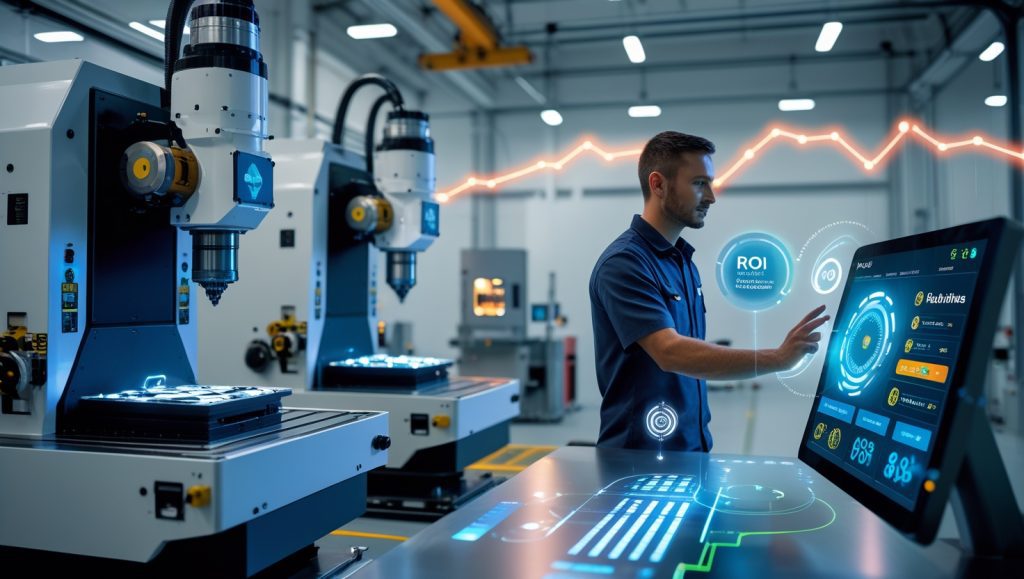
- Start Small: Install vibration sensors on two critical assets (e.g., CNC mills)
- Build Data Literacy: Train maintenance staff in basic anomaly interpretation
- Measure Relentlessly: Track Mean Time Between Failures (MTBF) monthly
- Scale Strategically: Expand to 10 assets after proving ROI on initial deployment
“Plants achieving >85% prediction accuracy cut downtime costs by 38% within 18 months.”
— Deloitte Industrial Analytics Report 2025
FAQ: Addressing Core Concerns
Can SMEs afford industrial AI predictive maintenance?
Entry-level solutions now cost <$15/month per asset. ROI typically materializes in 6-9 months for mid-sized factories.
How long until algorithms become accurate?
Most models achieve >85% precision after processing 3 months of operational data.
What’s the biggest implementation pitfall?
61% of failures stem from poor data quality—not algorithm flaws.
Will AI replace maintenance technicians?
No. Leading plants report 40% productivity gains by augmenting humans with AI diagnostics.
The Inevitable Shift
Siemens’ AI-maintained gas turbines now achieve 99.999% availability—under 5 minutes downtime/year. This precision makes industrial AI predictive maintenance ROI non-negotiable for competitive operations.
The question isn’t if but how fast you’ll deploy. As Rockwell Automation notes: “Maintenance has evolved from reactive fixes to AI-driven foresight.” Those harnessing this shift aren’t just saving costs—they’re redefining industry benchmarks. To explore how AI reshapes global manufacturing, check out why China’s industrial robot dominance is reshaping global manufacturing.
→ Ready to calculate your potential savings?
Subscribe to our Newsletter
Use Our Predictive Maintenance ROI Calculator (Coming Soon)
→ Explore Airbus’ predictive maintenance transformation
Airbus Case Study: From Reactive to Predictive
